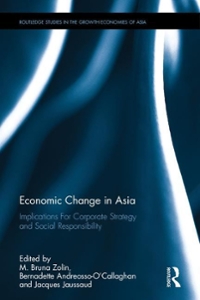Question
Consider a varaint of Bertrand Model in which the firms' unit costs are different, equal to c1 and c2 , where c1 < c2 .
Consider a varaint of Bertrand Model in which the firms' unit costs are different, equal to c1 and c2, where c1 < c2. Denote by p1^m the price that maximized (p-c1)(-p) is increasing in p up to p1^m. Assume that p can take any real number. Assume additionally that two firms split consumers when the prices are equal but not c2.
1) Suppose that the rule for splitting up consumers when the prices are equal assigns all consumers to firm 1 when both firms charge the price c2. Show that (p1,p2) = (c2, c2) is a Nash equilibrium and that no other pair of prices is a Nash equilibrium.
2) Show that no Nash equilibrium exists if the rule for splitting up consumers when the prices are equal assigns some consumers to firm 2 when both firms charge the price c2.
Step by Step Solution
There are 3 Steps involved in it
Step: 1

Get Instant Access to Expert-Tailored Solutions
See step-by-step solutions with expert insights and AI powered tools for academic success
Step: 2

Step: 3

Ace Your Homework with AI
Get the answers you need in no time with our AI-driven, step-by-step assistance
Get Started


